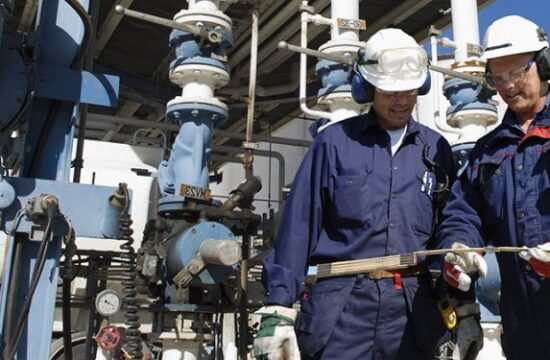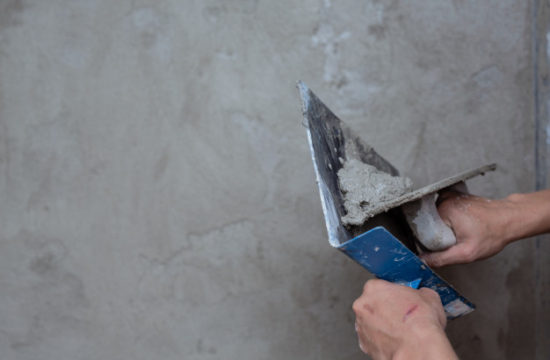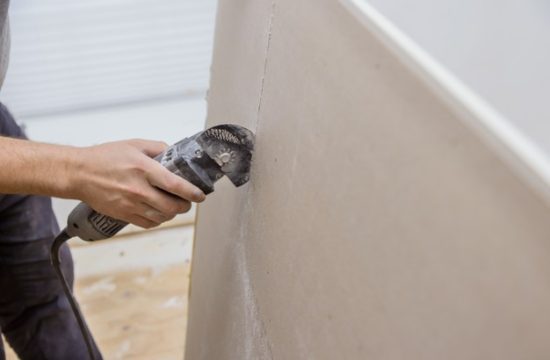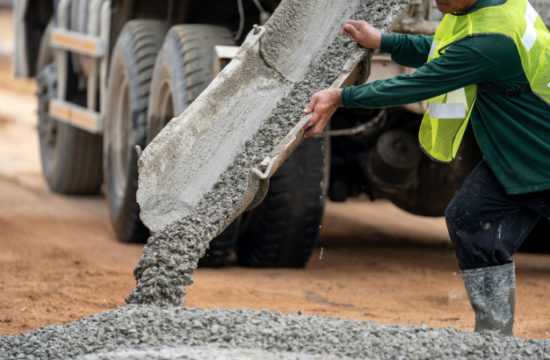To grasp the multitude of ways silicone rubber can be used, it’s crucial to realise its origins. We take a look at what silicone comes from to know more about its characteristics.
To understand what silicone is that you need to know the different kinds of plastic available. These trees were first discovered in South America and usage of the rubber from inside them dates back to the Olmec culture (Olmec literally means”Rubber People”!) .
Anything that’s not formed from this rubber is therefore man-made and is called synthetic.
A material by mixing materials made together is called a polymer. In case the polymer exhibits properties, it is identified as an elastomer.
What is silicone made out of?
Silicone is identified as a synthetic elastomer since it’s a plastic that shows which is to say it shows viscosity and elasticity. Folks call these attributes rubber that is elastic.
Itself is made up of oxygen, hydrogen, carbon and silicon. Be aware that the ingredient contained inside silicone is spelt. The process involves many phases and is complicated. This arduous process contributes to silicone the superior price of rubber compared to rubber.
The procedure involves extracting silicon from silica and passing it through hydrocarbons. It is then mixed with the chemicals to create silicone.
What’s silicone rubber made?
Rubber is a combination of a backbone that is inorganic, with functional groups attached. The silicon-oxygen bond gives silicone versatility and its high temperature resistance on a broad range of temperatures.
The silicone polymer is mixed with reinforcing fillers and processing aids to form a gum, which can then be crosslinked at elevated temperatures using either curing. After crosslinked the silicone becomes a sound material.
Here at Silicone Engineering, all our silicone materials are cured using heat which classifies our silicone products as HTV silicone or High Temperature Vulcanised. This means we can ensure the highest standards of quality management during and have complete traceability and accountability of the production process. We currently process over 2000 tonnes of silicone rubber annually that allows us to be very competitive from the silicone market location.
Which are the benefits with silicone rubber?
Silicone rubber’s manufacturing process and material makeup gives it a fantastic amount of flexibility, which is what makes it so popular for numerous uses. It’s equipped to withstand fluctuations in temperature to °C that is as high as 300.
It also has excellent environmental resistance from Ozone, UV and climatic anxieties which makes it perfect to electrical components like enclosures and lighting for sealing and security. Sponge is a versatile and lightweight material which makes it ideal for reducing vibrations, stabilising joints and decreasing noise within transit applications — making it popular for use in environments like aircraft and trains in which consumer comfort is helped by using silicone rubber.
This is a brief overview of the roots of silicone rubber. However, at Silicone Engineering we understand how important it is that you know everything about the product you are buying. Then get in touch with us 25, if you want to find out more to comprehend silicone rubber can work in your industry.
If you have any more ideas for polytechnic ideas. give your details on write for us.










